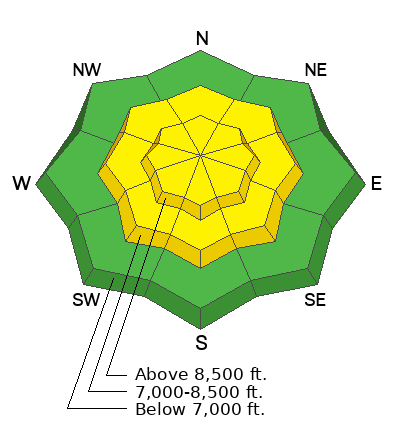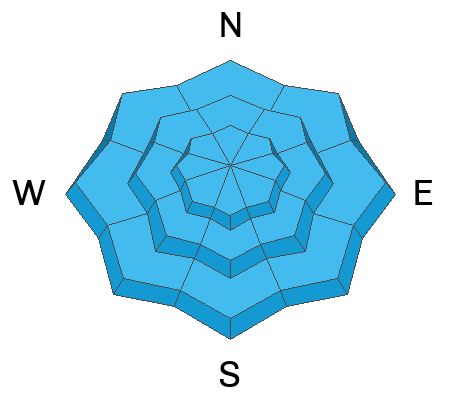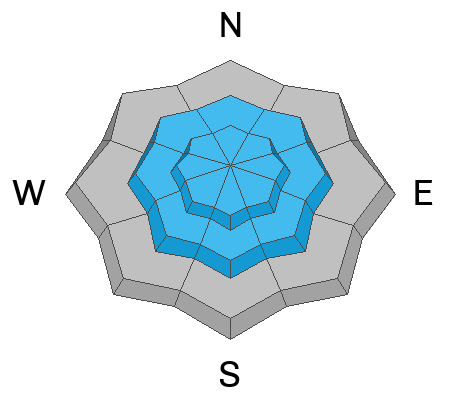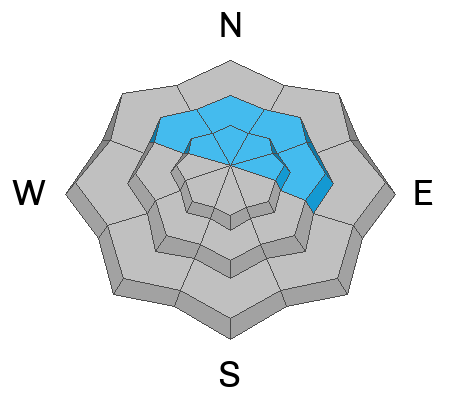Forecast for the Ogden Area Mountains

Issued by Trent Meisenheimer on
Saturday morning, February 8, 2025
Saturday morning, February 8, 2025
The avalanche danger is MODERATE on all mid and upper-elevation steep slopes for slab avalanches. Here, avalanches can fail within the new snow or at the old/new snow interface. On northerly facing terrain, these avalanches could step down into buried weak layers of faceted snow, making them more dangerous. Human-triggered avalanches 1 to 3 feet deep are possible today.

Low
Moderate
Considerable
High
Extreme
Learn how to read the forecast here









